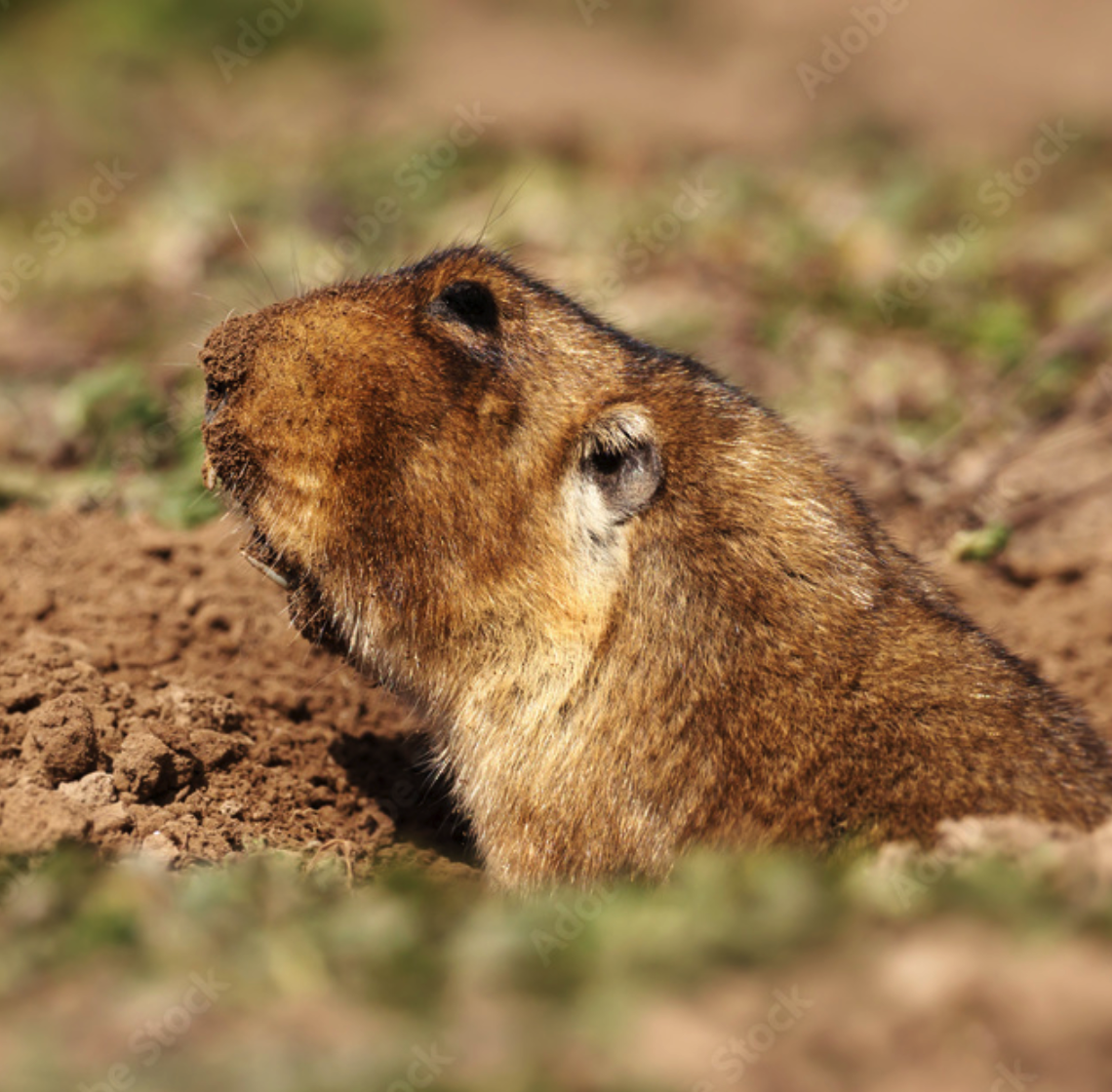Abundance, distribution and diet analysis of East African common mole rat (Tachyoryctes splendens) in farming fields of Dawachefa District, Northeast Ethiopia

All claims expressed in this article are solely those of the authors and do not necessarily represent those of their affiliated organizations, or those of the publisher, the editors and the reviewers. Any product that may be evaluated in this article or claim that may be made by its manufacturer is not guaranteed or endorsed by the publisher.
Authors
The East African common mole rat, scientifically known as Tachyoryctes splendens, is a solitary rodent mole that inhabits subterranean environments. This research focused on assessing the abundance, distribution, population structure, and dietary preferences of the East African common mole rat in three specific locations within the Dawachefa locality, Ethiopia, during both the wet and dry seasons. The research was conducted between June 2022 and February 2023. The abundance and distribution of the common mole rat were estimated through fresh mound counts, while live and locally crafted snap conical traps were utilized for capturing them. Stomach content analysis was performed to identify food fragments. Excavations were conducted to examine the burrow system, revealing three elements: a single multi-functional nest, one or more foraging tunnels, and a bolthole. A total of 45 common mole rats (30 males and 15 females) were captured across the three study sites during both seasons. Adults constituted 62.2% of the captured individuals, sub-adults accounted for 24.44%, and juveniles made up 13.33%. The male-to-female ratio was 2:1, with a significant difference in proportions (t=7.746, p=0.001). Although the abundance of common mole rats did not vary significantly among the selected sites, it showed a significant difference between the wet and dry seasons. The analysis of stomach contents revealed a total of 661 isolated food fragments. Grass comprised the largest portion at 34%, followed by sugarcane (31.2%), banana (24.5%), and papaya (10.3%). Understanding the abundance, distribution, population structure, and food preferences of T. splendens in the study area is crucial for developing strategies to address the agricultural yield loss caused by this species.
How to Cite

This work is licensed under a Creative Commons Attribution-NonCommercial 4.0 International License.
PAGEPress has chosen to apply the Creative Commons Attribution NonCommercial 4.0 International License (CC BY-NC 4.0) to all manuscripts to be published.







